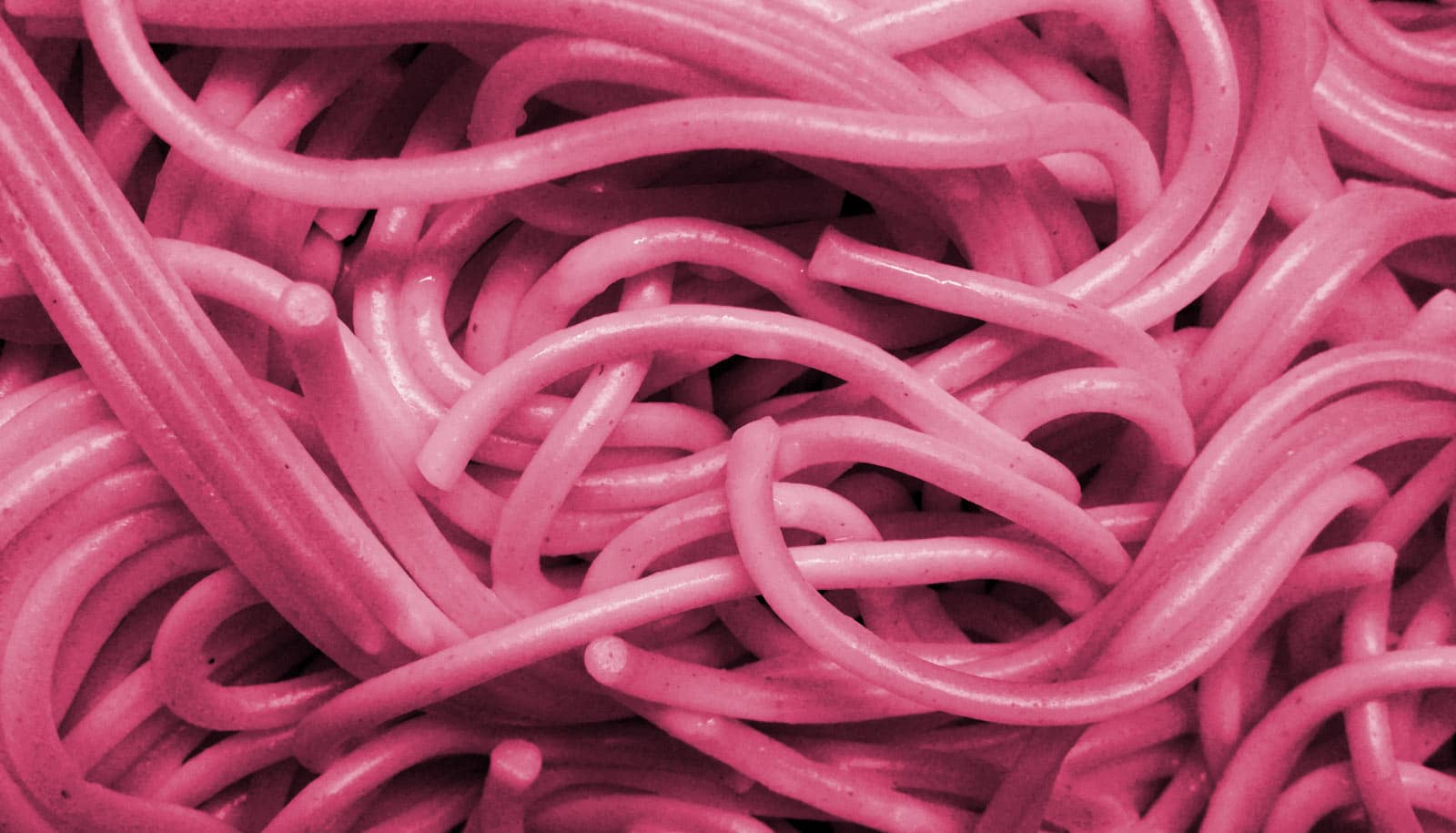A new device that monitors the flow of blood through an artery could make it easier for doctors to monitor the success of blood vessel surgery.
The sensor is biodegradable, battery-free, and wireless, doesn’t need removal, and can send out a warning if there is a blockage.
“Measurement of blood flow is critical in many medical specialties, so a wireless biodegradable sensor could impact multiple fields including vascular, transplant, reconstructive, and cardiac surgery,” says Paige Fox, assistant professor of surgery at Stanford University and co-senior author of the paper in Nature Biomedical Engineering.
“…this is a technology that will allow us to extend our care without requiring face-to-face visits or tests.”
Pulsing blood
Because the first sign of trouble often comes too late, monitoring blood surgery success is challenging, researchers say. By that time, the patient often needs additional surgery that carries risks similar to the original procedure. The new sensor could let doctors keep tabs on a healing vessel remotely, which creates opportunities for earlier interventions.
The sensor wraps snugly around the healing vessel, where blood pulsing past pushes on its inner surface. As the shape of that surface changes, it alters the sensor’s capacity to store electric charge, which doctors can detect from a device located near the skin but outside the body. That device then solicits a reading by pinging the antenna of the sensor, similar to an ID card scanner.
In the future, the device could come in the form of a stick-on patch or as part of a wearable device or smartphone.
The researchers first tested the sensor in an artificial setting where they pumped air through an artery-sized tube to mimic pulsing blood flow. Surgeon Yukitoshi Kaizawa, a former postdoctoral scholar at Stanford and coauthor of the paper, also implanted the sensor around an artery in a rat.
Even at such a small scale, the sensor successfully reported blood flow to the wireless reader. At this point, the researchers only wanted to detect complete blockages, but say future versions of the sensor could identify finer fluctuations of blood flow.
Precision health
The sensor is a wireless version of technology that chemical engineer Zhenan Bao has been developing in order to give prostheses a delicate sense of touch.
“This one has a history,” says Bao, professor in the School of Engineering and co-senior author of the paper. “We were always interested in how we can utilize these kinds of sensors in medical applications but it took a while to find the right fit.”
The researchers had to modify their existing sensor’s materials to make it sensitive to pulsing blood but rigid enough to hold its shape. They also had to move the antenna to a location where it would be secure and not affected by the pulsation and re-design the capacitor so it could be placed around an artery.
The researchers are now looking for the best way to affix the sensors to the vessels and refine their sensitivity.
“Using sensors to allow a patient to discover problems early on is becoming a trend for precision health,” Bao says. “It will require people from engineering, from medical school, and data people to really work together, and the problems they can address are very exciting.”
The Swiss National Science Foundation, the European Commission, Stanford ChEM-H, and the National Science Foundation funded the work.
Source: Stanford University



